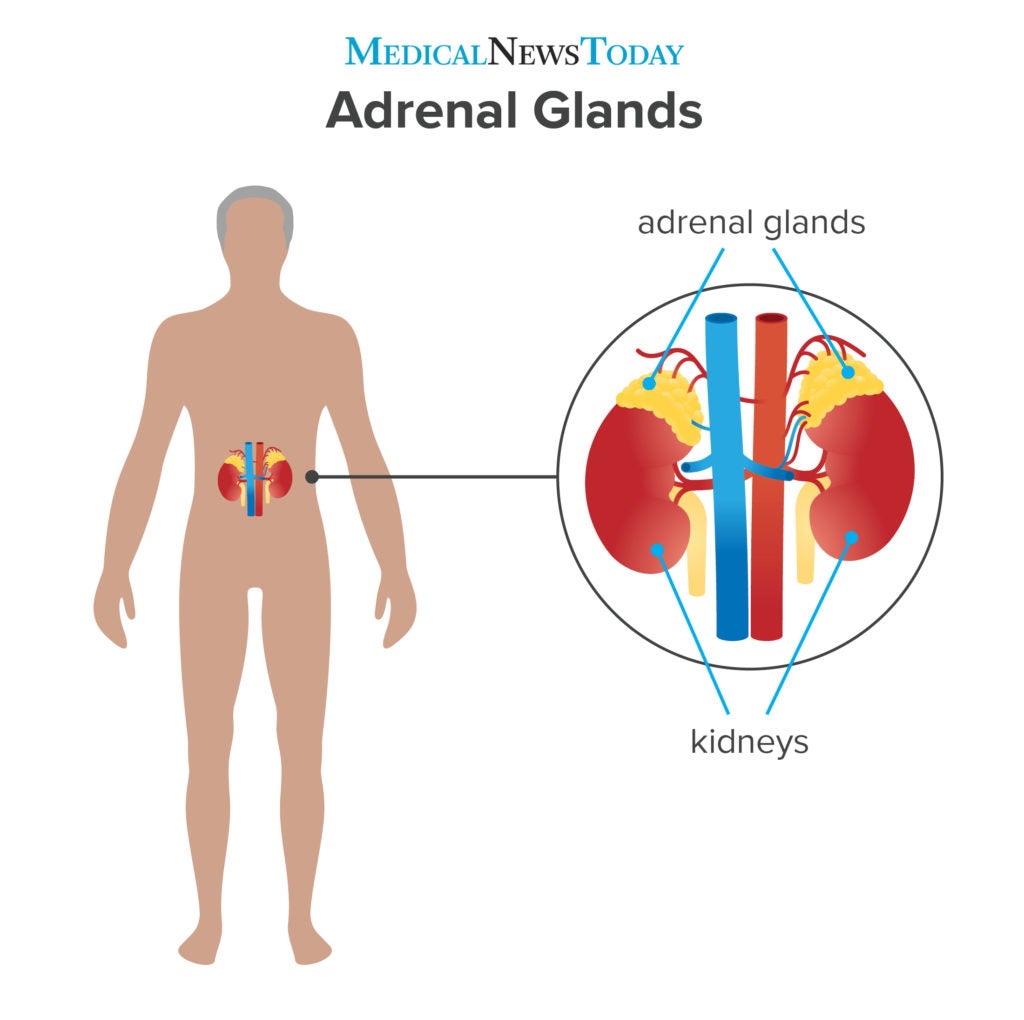

It can bring about a change in hormone production somewhere else in the system by releasing its own ‘stimulating’ hormones. It oversees the other glands and keeps hormone levels in check.

A hormone can be thought of as a key, and its target site (such as an organ) has specially shaped locks on the cell walls.

The endocrine pancreas also releases hormones such as insulin and glucagon, which are hormones predominantly related to glucose metabolism, into the blood stream. It releases certain enzymes to aid in digestion delivered to the gut via the pancreatic duct. The pancreas is both an endocrine and exocrine organ. Exocrine glandsĪn exocrine gland, unlike an endocrine gland, is a gland that secretes substances (electrolytes, proteins or enzymes) straight to a target site via ducts or tube. The field is rapidly expanding due to understanding of the cellular pathways that hormones stimulate and the discovery of new hormones and their actions. This branch of medicine – relating to the study of the endocrine system – is called endocrinology and is practiced by endocrinologists.

The endocrine system works with the nervous system and the immune system to help the body cope with different events and stresses. The hormone can also create changes in the cells of surrounding tissues (paracrine effect). Hormones can be thought of as chemical messages.įrom the blood stream, the hormones communicate with the body by heading towards their target cell to bring about a particular change or effect to that cell. Endocrine glands make chemicals called hormones and pass them straight into the bloodstream.


 0 kommentar(er)
0 kommentar(er)
